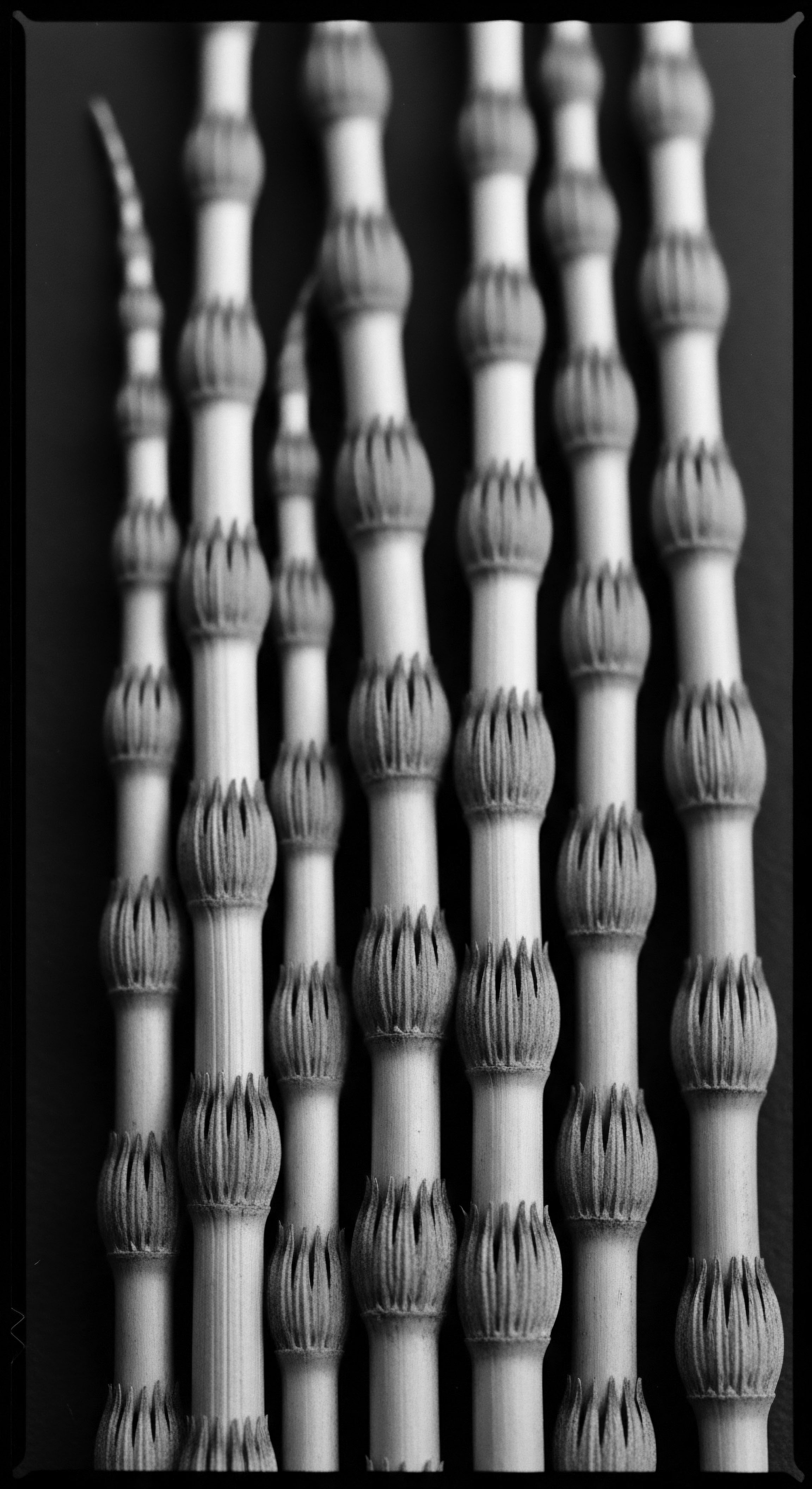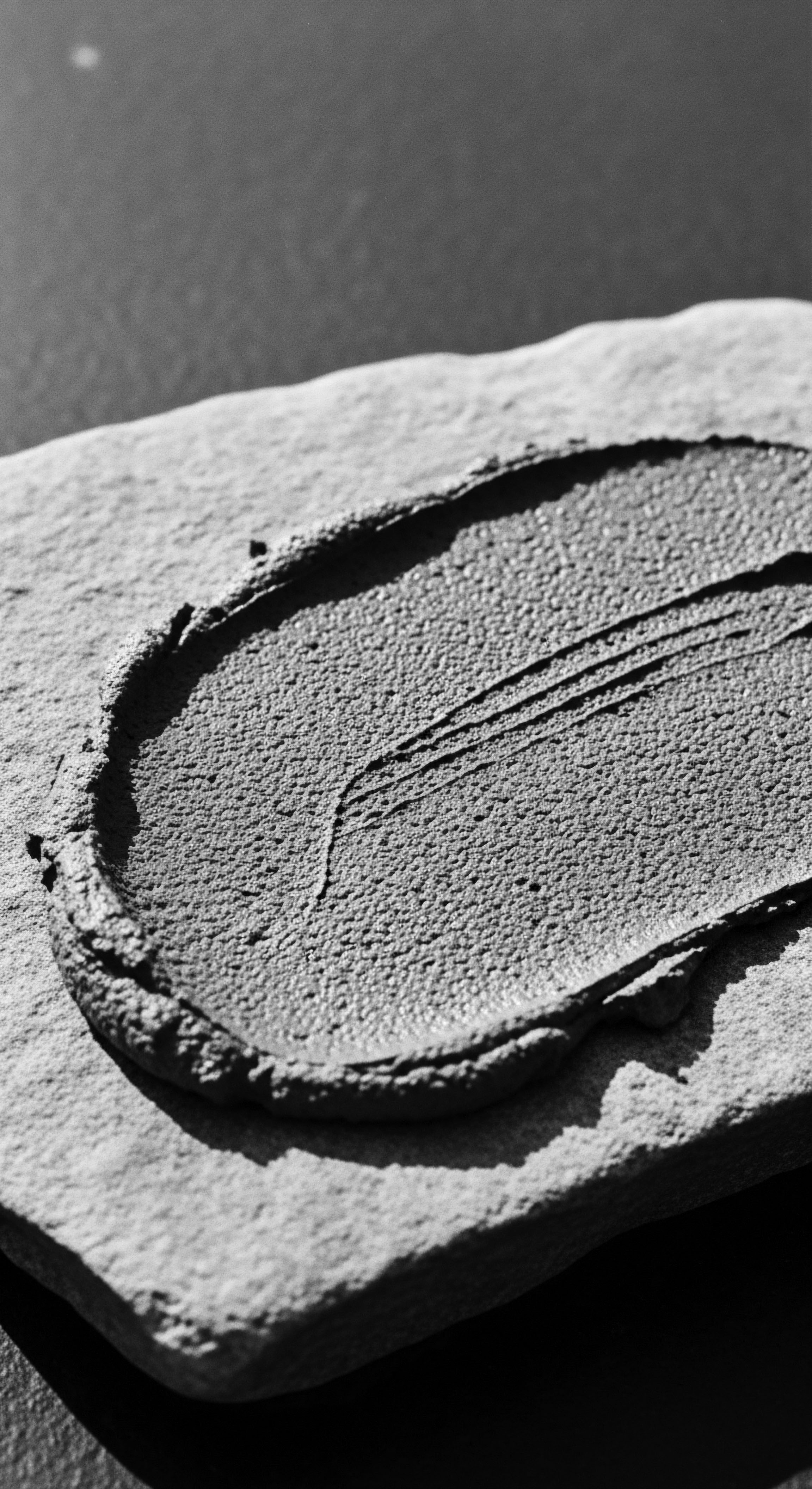
In what ways do historical African traditions explain textured hair hydration?
Historical African traditions explain textured hair hydration through intuitive botanical knowledge, protective styling, and layered application methods stemming from ancestral wisdom.

Can modern science validate ancestral hair care practices for hydration?
Ancestral textured hair care, with its rich heritage of natural emollients and protective rituals, is scientifically affirmed for hydration.

What ancestral hair practices offer valuable insights for modern textured hair hydration?
Ancestral practices offer timeless wisdom for textured hair hydration, prioritizing natural ingredients and protective techniques.
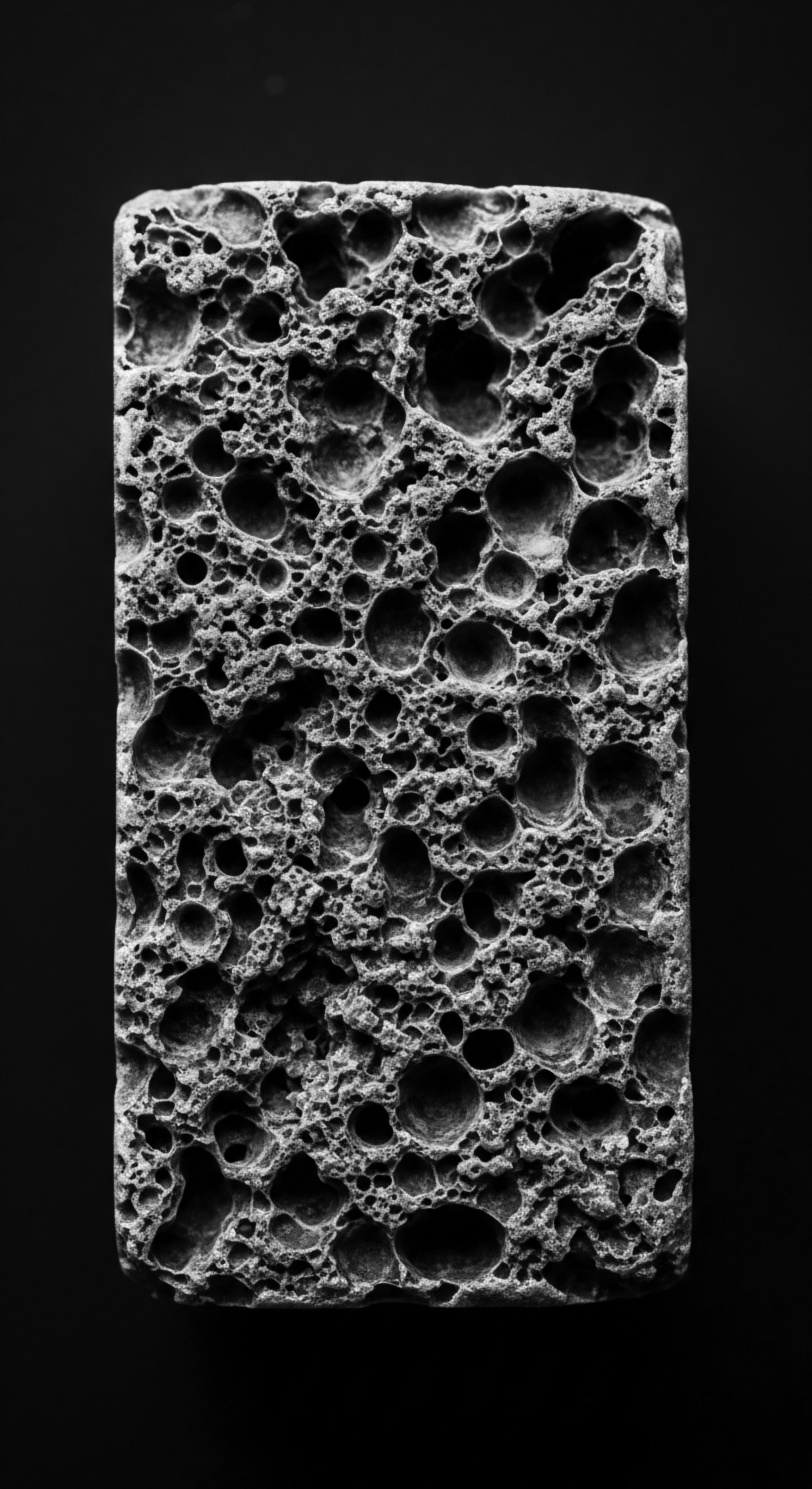
What specific nutrients benefit textured hair’s hydration?
Specific nutrients like fatty acids, vitamins A and E, and amino acids support textured hair hydration, echoing ancestral wisdom of holistic care.

How did communal traditions shape textured hair hydration practices?
Communal traditions shaped textured hair hydration by fostering collective wisdom, shared practices, and a deep connection to heritage.

Can ancient hair ingredients hydrate modern textured coils?
Ancient plant-derived ingredients profoundly hydrate modern textured coils by imparting lipids, humectants, and protective barriers, a legacy from ancestral hair care wisdom.

What historical practices maintained moisture in textured hair?
Historical practices maintained moisture in textured hair through ancestral wisdom, natural emollients, and protective styling.
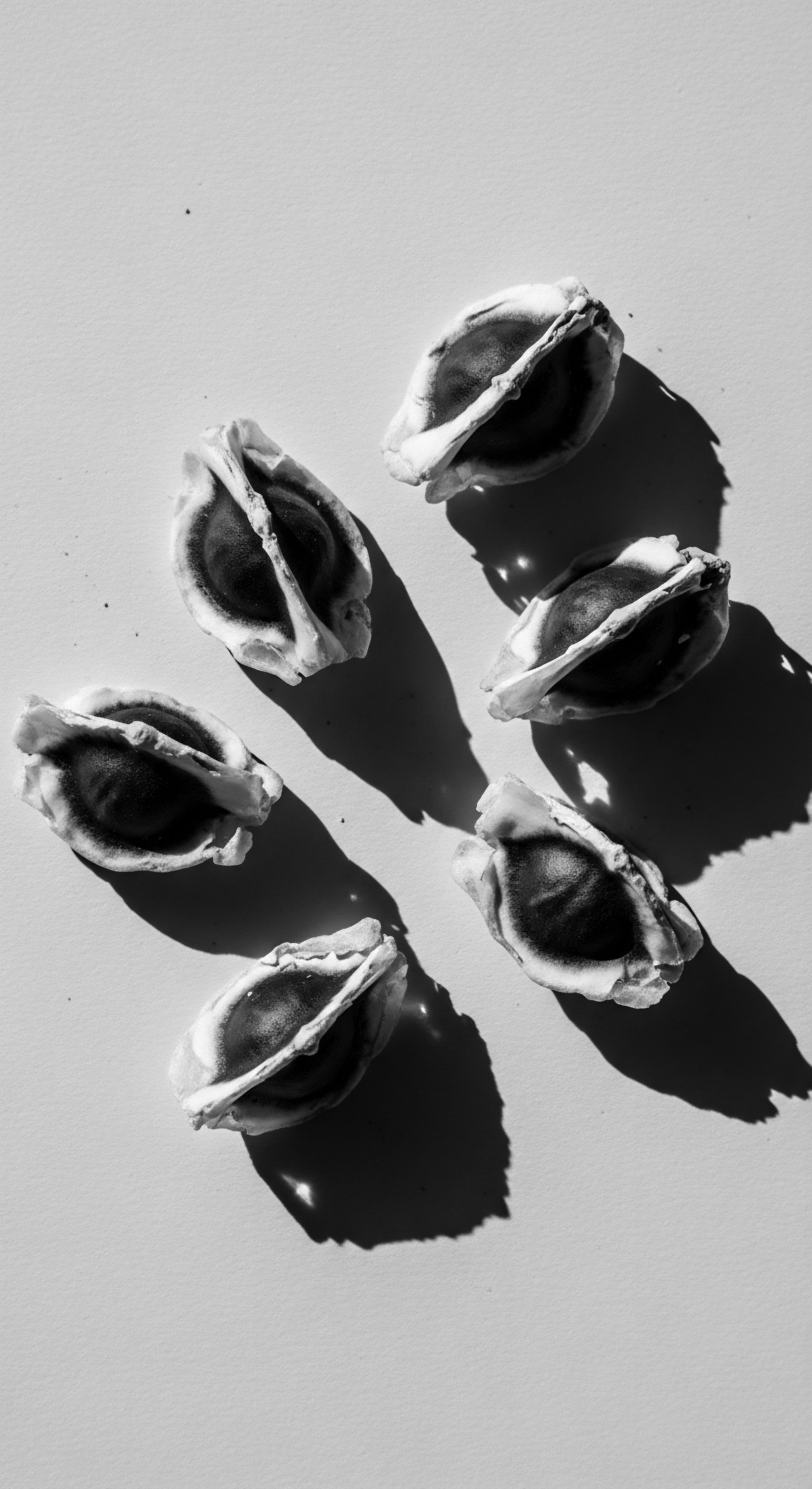
What ancestral plant-based ingredients hydrated diverse textured hair?
Ancestral plant-based ingredients, such as shea butter and Chebe powder, provided deep hydration and protection for diverse textured hair, rooted in rich cultural heritage.

What ancestral practices inform modern hydration routines for textured hair?
Ancestral practices for textured hair hydration are rooted in heritage, utilizing natural resources and protective styling to preserve moisture.

Can fenugreek truly moisturize textured hair?
Fenugreek deeply conditions textured hair by drawing in moisture and strengthening strands, continuing a time-honored heritage of natural hair care.
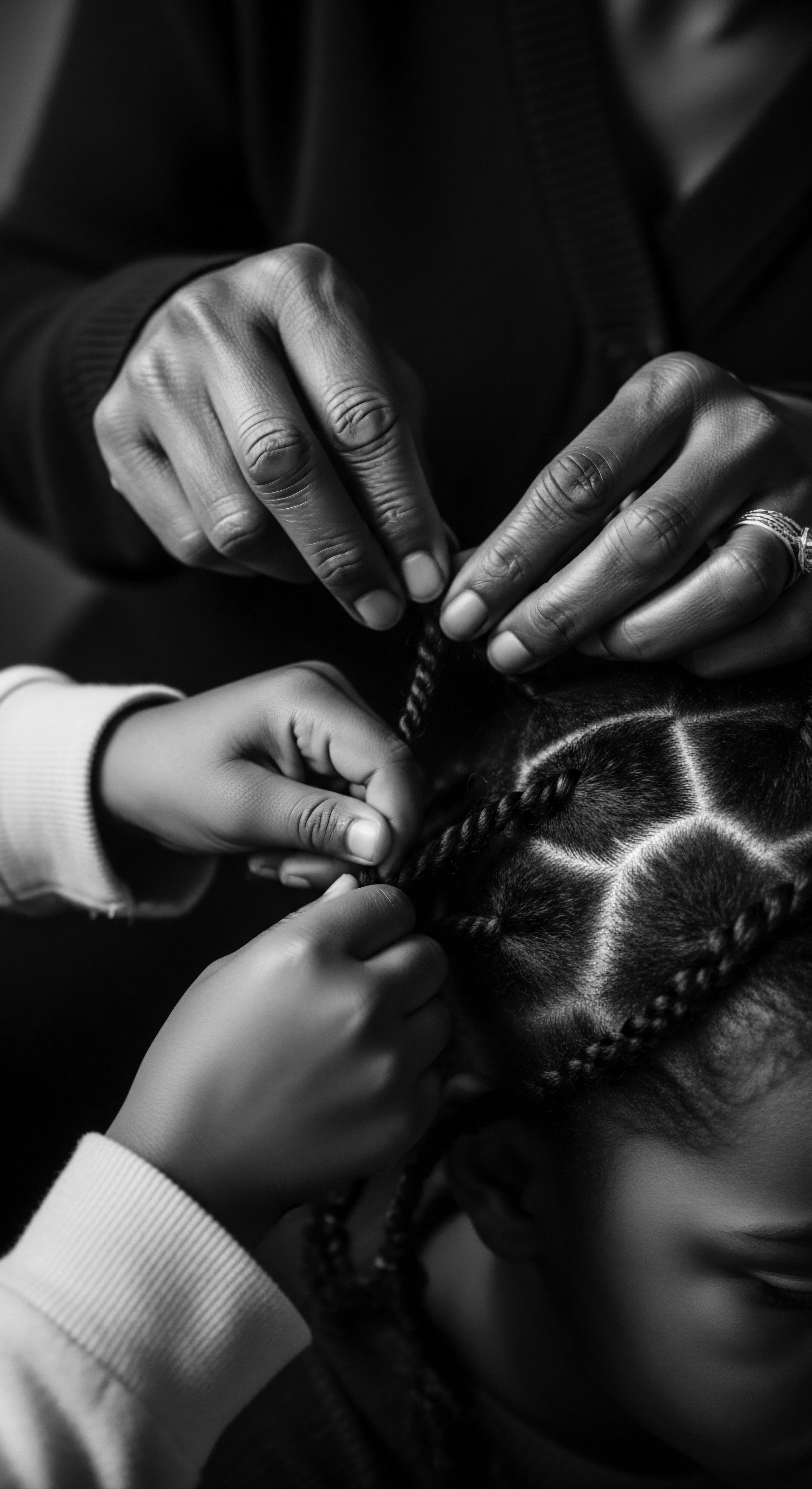
What enduring wisdom from ancestral hair care rituals nourishes textured hair hydration?
Ancestral hair care wisdom for textured hair hydration centers on natural emollients and protective styling, echoing millennia of heritage.
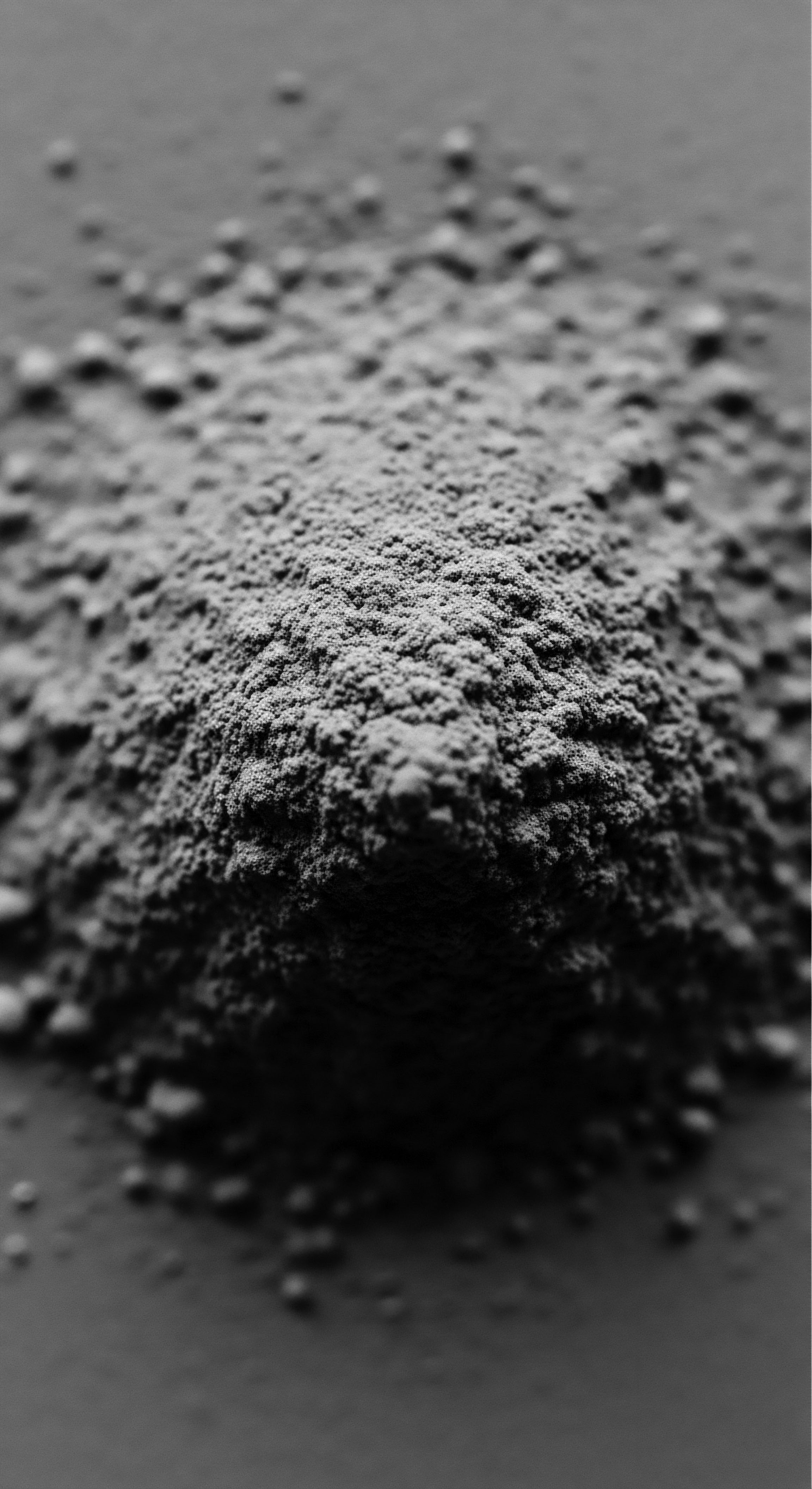
Can historical plant-based hair practices truly hydrate modern textured strands?
Historical plant-based practices like chebe powder and shea butter truly hydrate modern textured hair by sealing moisture and protecting strands.

Conditioning Methods
Meaning ❉ Conditioning methods soften, protect, and enhance textured hair, embodying ancestral wisdom and scientific insights for its unique needs.

Can ancestral plant remedies aid textured hair hydration?
Ancestral plant remedies, steeped in centuries of communal heritage, profoundly aid textured hair hydration by providing natural emollients and protective barriers.

Can ancient hair practices inform contemporary hydration needs for textured hair?
Ancient hair practices offer a heritage-rich blueprint for hydrating textured hair through ancestral wisdom in protective styling, natural emollients, and holistic care.

What traditional remedies hydrate textured hair?
Traditional remedies hydrate textured hair by drawing from ancestral botanical knowledge, adapting natural oils and butters to preserve moisture.
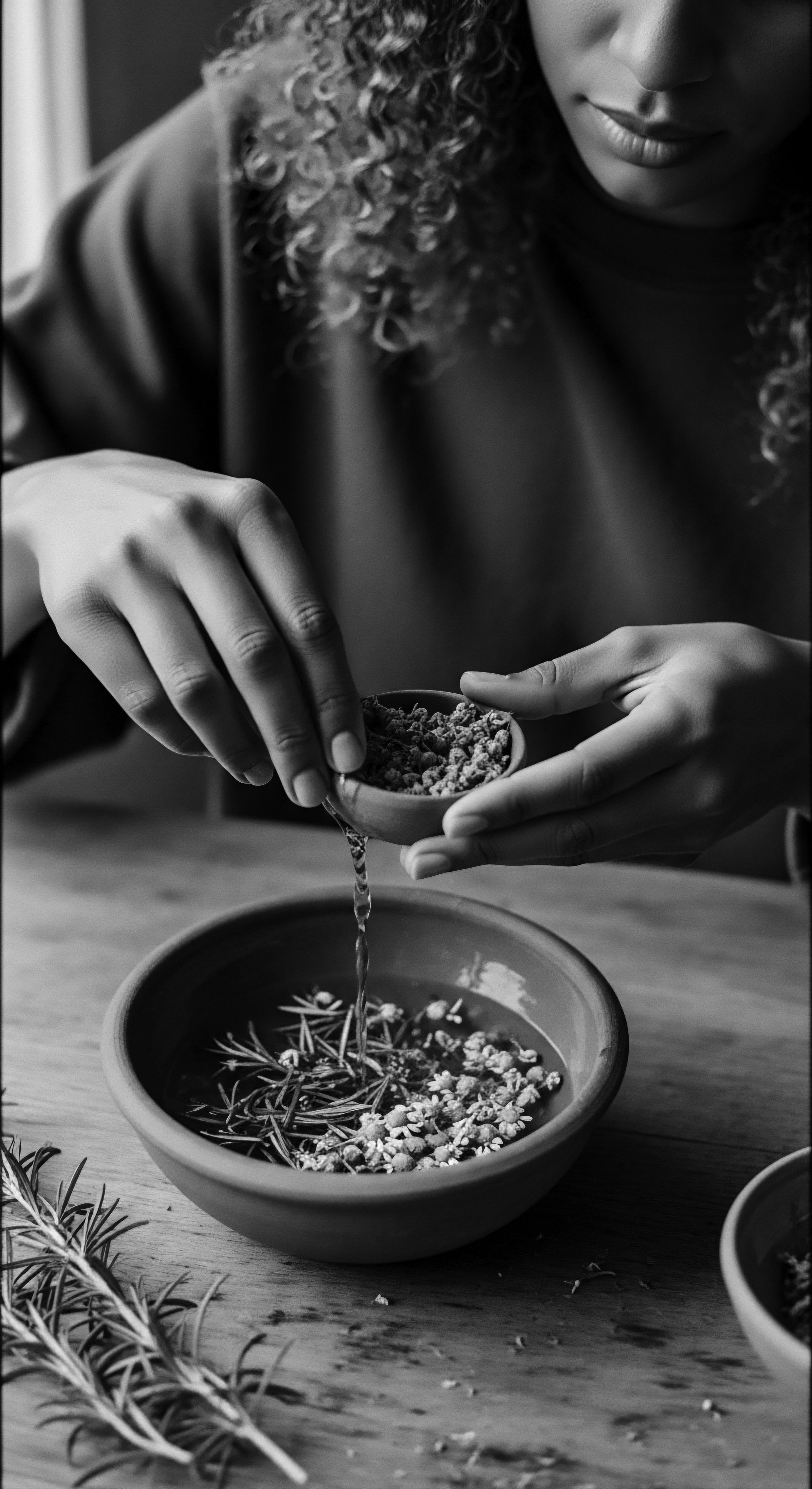
Did ancestral practices influence modern textured hair hydration techniques?
Ancestral practices profoundly influenced modern textured hair hydration techniques, rooted in centuries of cultural knowledge and elemental resourcefulness.
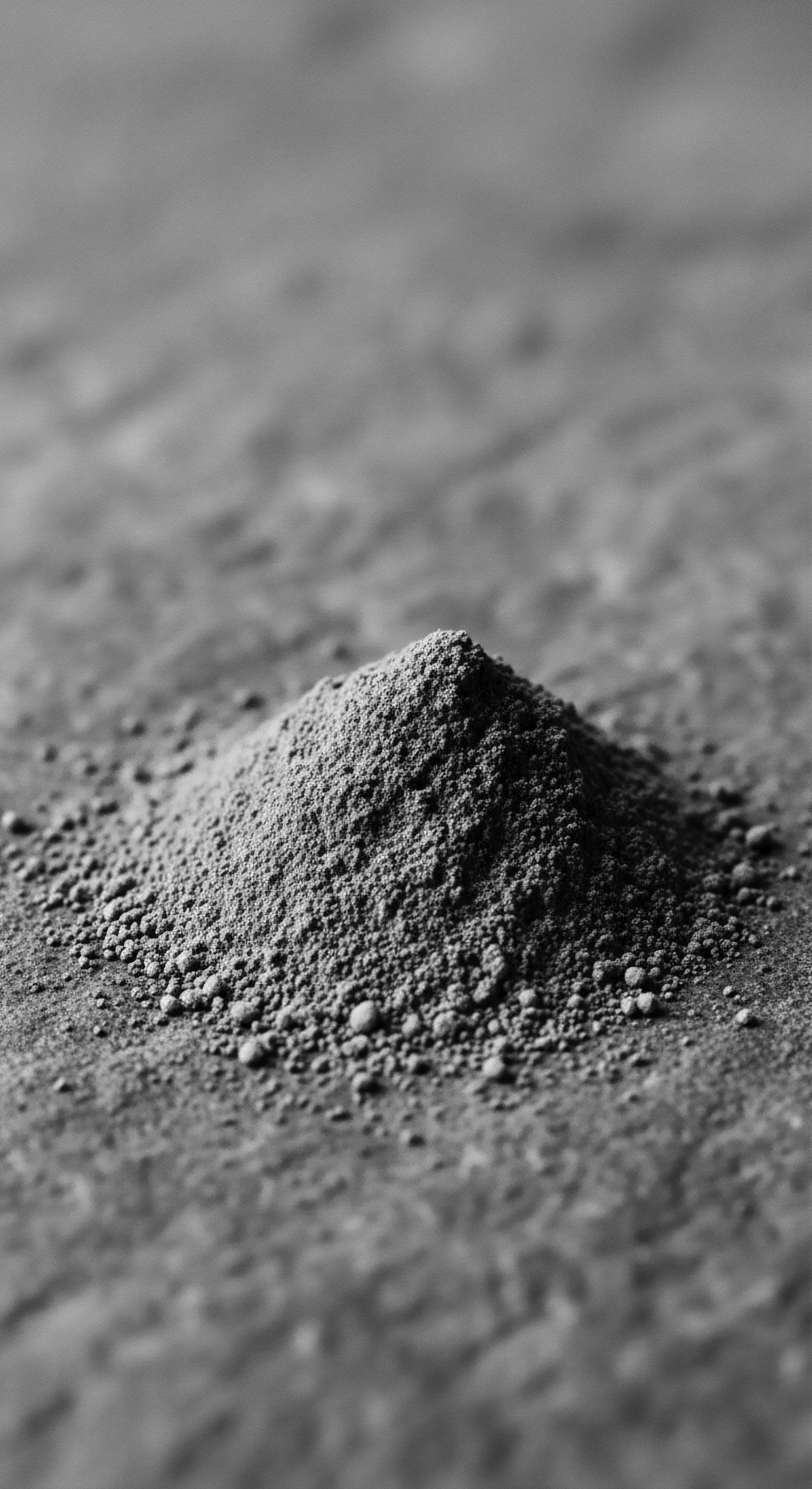
What traditional ingredients provide lasting hydration for textured hair?
Traditional plant-based ingredients offer lasting textured hair hydration by echoing ancestral wisdom and cultural hair care heritage.
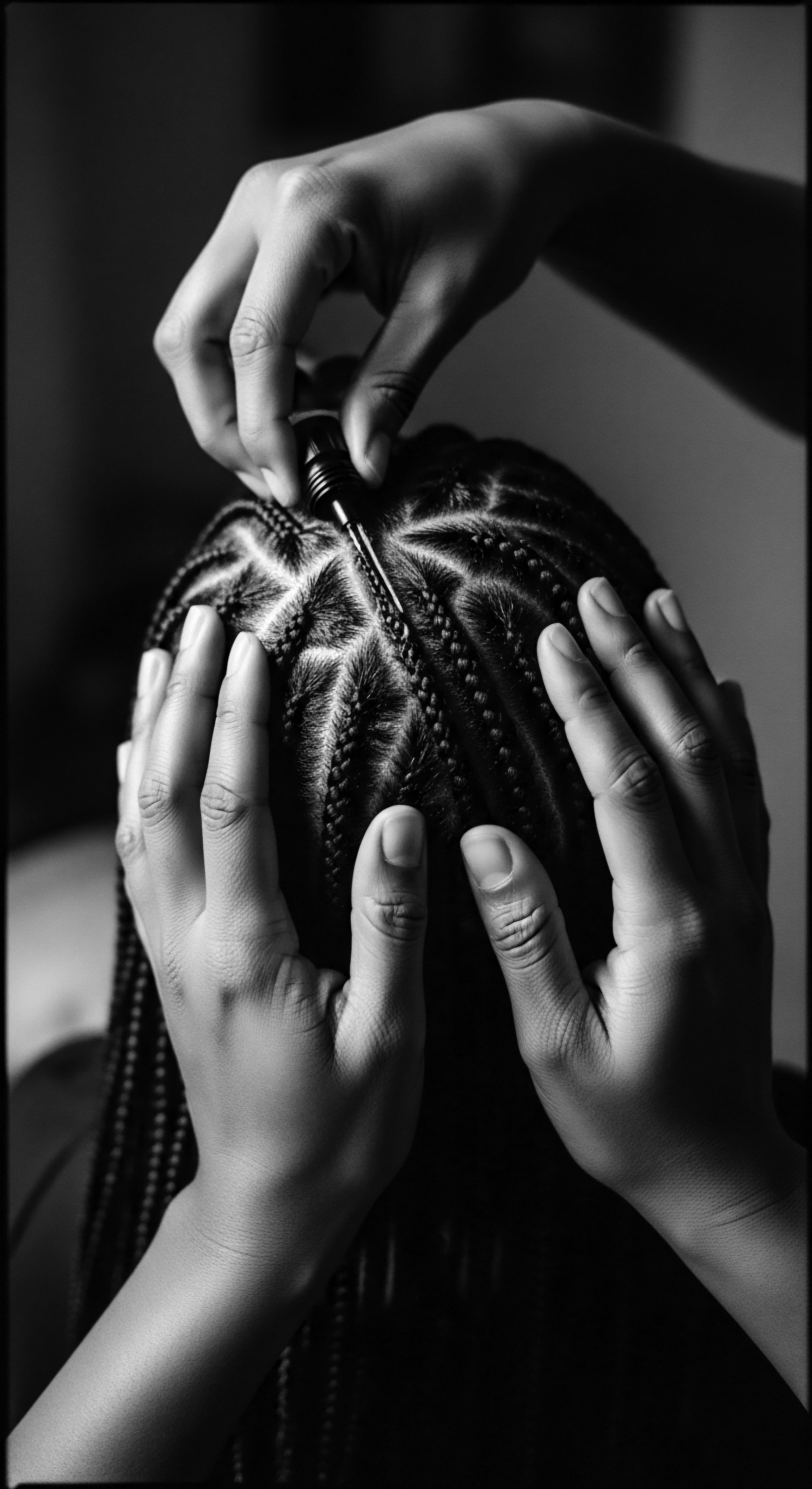
How does shea butter’s fatty acid profile nourish textured hair?
Shea butter’s fatty acids profoundly hydrate and shield textured hair, continuing a legacy of ancestral care and resilience.

How did ancient cultures sustain textured hair moisture?
Ancient cultures sustained textured hair moisture through natural emollients, protective styles, and holistic dietary practices rooted in heritage.

What ancestral hair care practices address dryness in textured hair?
Ancestral practices for textured hair dryness relied on natural emollients and protective styles, preserving heritage and strand vitality.
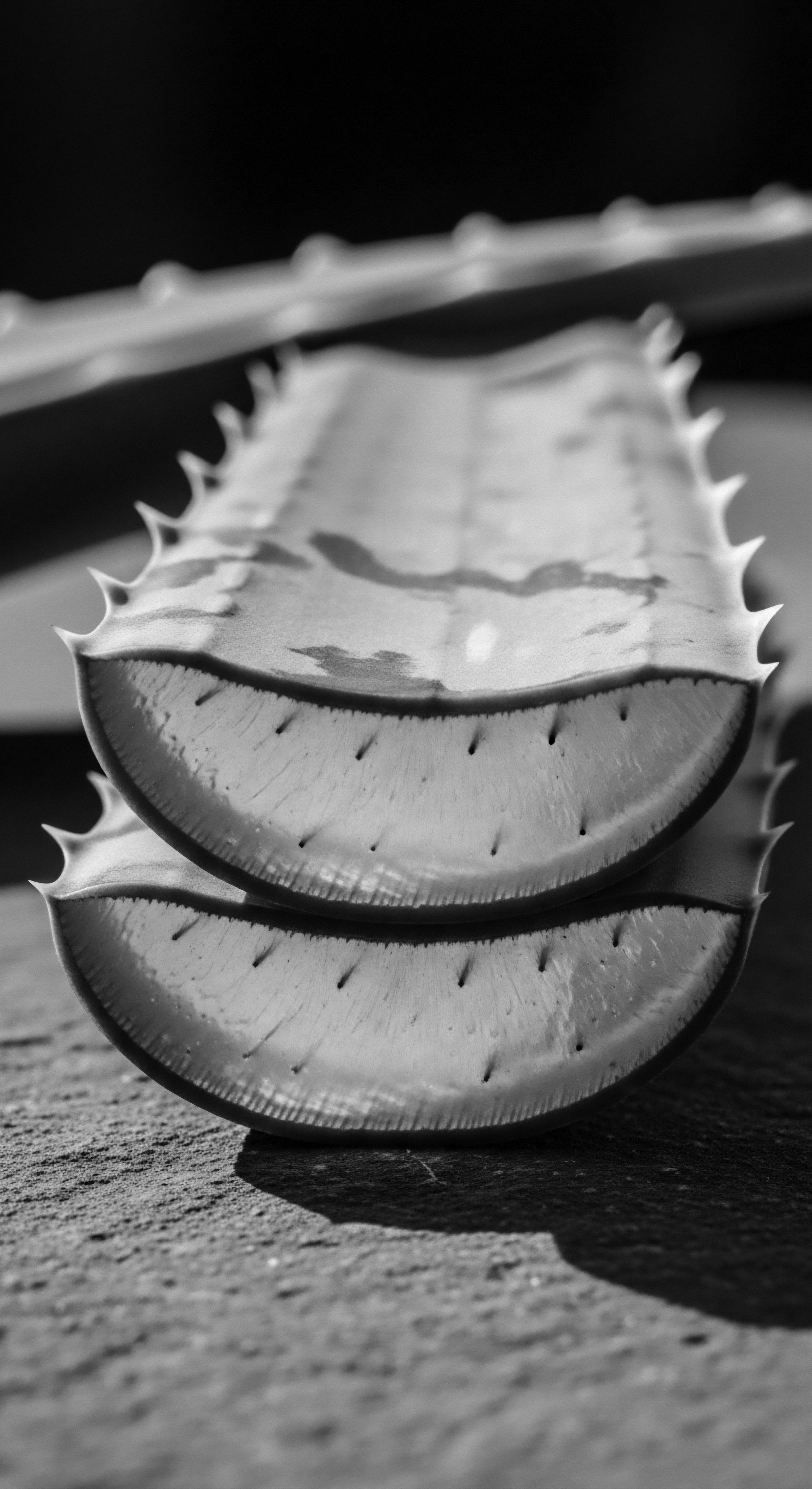
What ancient botanical remedies helped hydrate Afro-textured strands over time?
Ancient botanical remedies, rooted in African heritage, employed plants like shea butter and baobab oil to deeply hydrate Afro-textured strands.

How did ancient practices moisten textured hair?
Ancient practices moistened textured hair using natural emollients and protective styling, echoing a profound heritage.

How does the heritage of arid land plants connect to textured hair hydration?
Arid land plant resilience mirrors textured hair hydration needs, revealing ancestral care deep in heritage.

What ancestral practices aid textured hair hydration?
Ancestral practices nurtured textured hair hydration through natural oils, butters, and protective styles, rooted in deep heritage.

How does ancestral plant knowledge hydrate textured hair?
Ancestral plant knowledge hydrates textured hair by providing natural emollients, humectants, and protective practices rooted in heritage.

Can traditional plant-based cleansers truly hydrate textured hair types?
Traditional plant-based cleansers truly hydrate textured hair by preserving moisture and coating strands, honoring ancestral heritage.
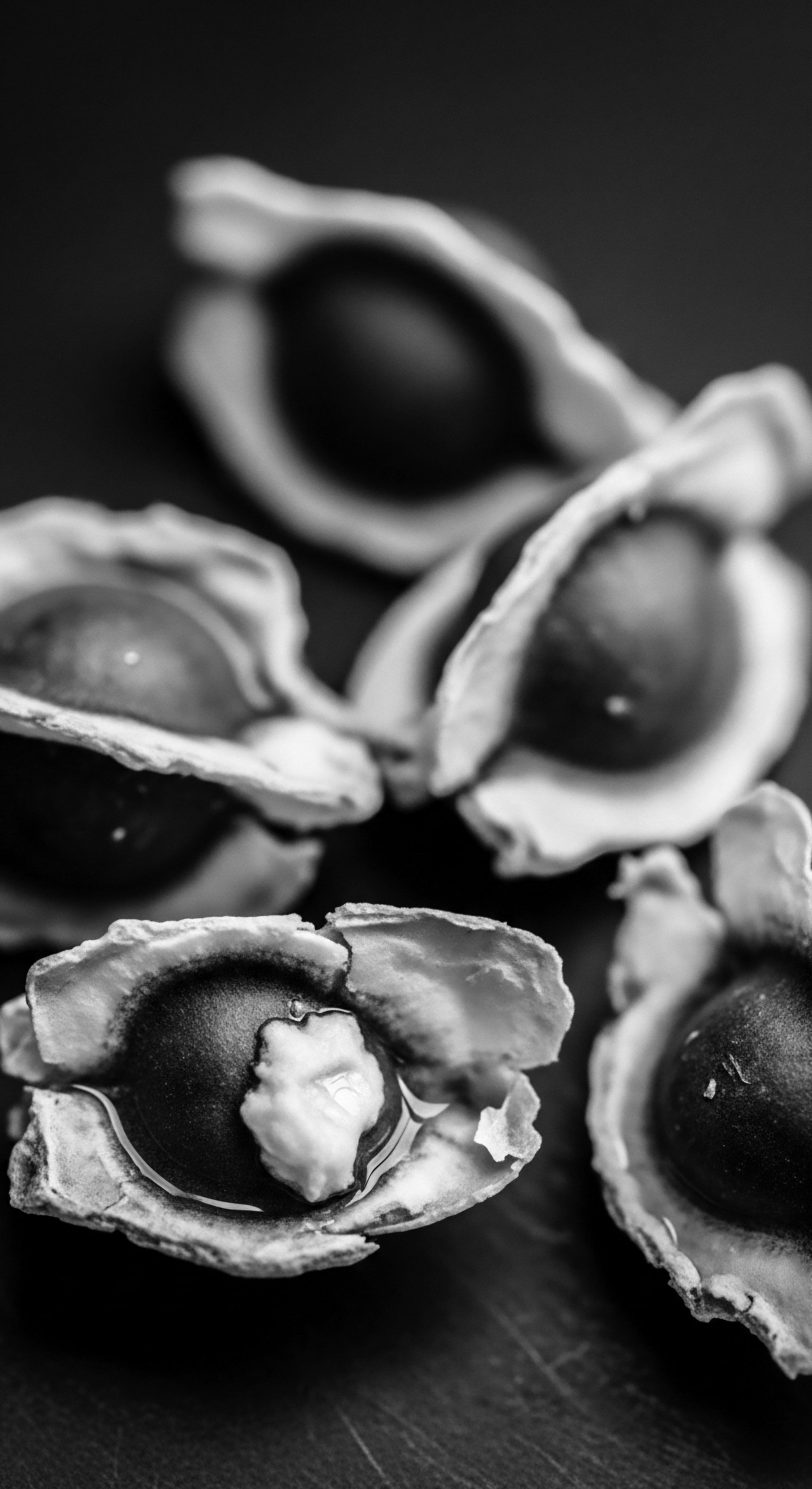
How do plant butters sustain textured hair?
Plant butters, rooted in ancestral African practices, sustain textured hair by providing essential moisture, reinforcing its natural structure, and embodying a legacy of care.

Why do traditional styles preserve textured hair hydration?
Traditional styles preserve textured hair hydration by physically enclosing strands, creating protective microclimates, and sealing with natural emollients, a legacy of ancestral wisdom.

